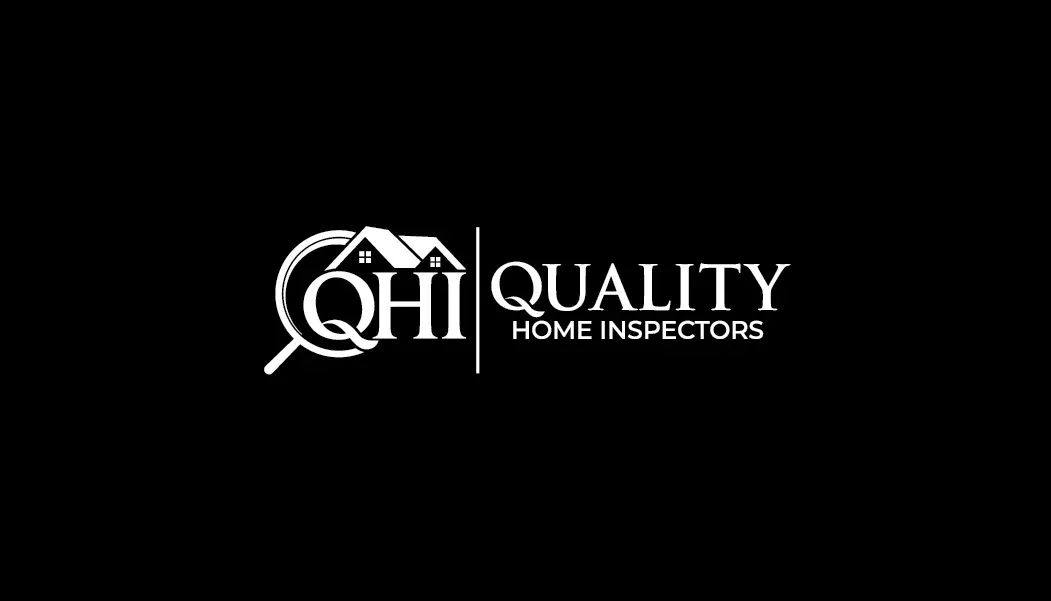Broward / Palm beach (754) 267-0824 - Dade-County /Monroev (786) 875-9745
Infrared Thermal Imaging
What You Can’t See Can Cost You
When it comes to home performance and maintenance, not all problems are visible—but they can still drain your wallet. Our infrared imaging tools use advanced thermal technology to uncover hidden issues like energy loss, missing insulation, HVAC inefficiencies, moisture intrusion, and roof leaks. By detecting temperature variations invisible to the naked eye, we help homeowners and buyers spot problems early, avoid costly repairs, and improve energy efficiency. It’s a smarter, non-invasive way to protect your property and your budget.
*Thermal Imaging is Included in every full inspection
Issues Thermal Imaging Can Spot...
Leaky Roofs
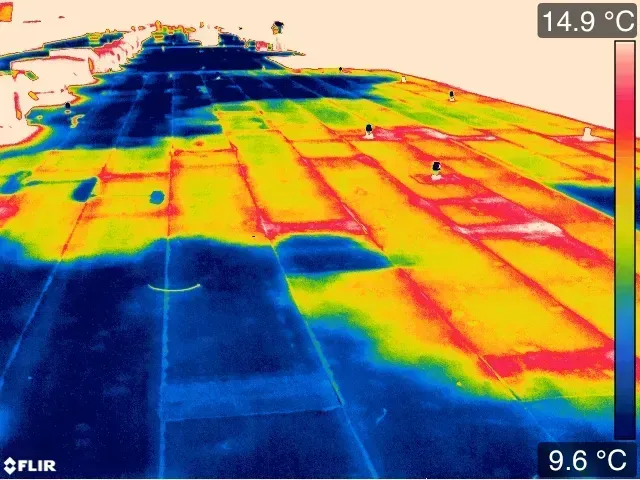
Thermal imaging is highly effective in identifying moisture intrusion caused by roof leaks. When water penetrates roofing materials, it creates cooler areas that stand out on a thermal scan. These anomalies allow inspectors to pinpoint water damage that may be hidden under shingles or behind ceiling drywall—long before visible signs like stains or mold appear. Early detection helps prevent further structural damage and expensive repairs.
Termite Activity
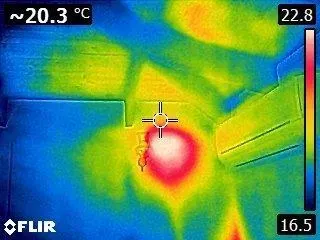
Termite infestations generate heat due to the activity of the colony and the disruption they cause to wooden structures. Thermal imaging can detect subtle heat patterns and temperature variations behind walls or in framing—areas where termites commonly live. This allows inspectors to uncover active infestations without damaging walls or tearing into structures, making it a non-invasive and efficient method of early detection.
Electrical Issues
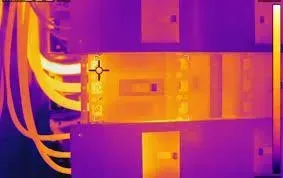
Overloaded circuits, loose connections, or failing electrical components can generate excess heat—often a warning sign of potential fire hazards. Thermal imaging highlights these “hot spots” within breaker panels, wiring, outlets, or electrical systems that the eye can't see. Identifying these issues early ensures timely repair, improves safety, and helps homeowners avoid dangerous failures or costly downtime.
Exterior Construction Defects

Thermal imaging is a powerful tool for detecting hidden defects in a home's exterior envelope, including issues with stucco, siding, and weather barriers. Improperly applied stucco or compromised building wraps can allow moisture to seep behind walls, leading to mold, rot, and structural deterioration. Thermal scans reveal cool or damp spots behind the exterior surface, indicating trapped moisture or air leaks that are invisible to the eye. By identifying these weaknesses early, homeowners can avoid costly repairs and preserve the integrity and efficiency of their home's exterior.
Areas We Serve
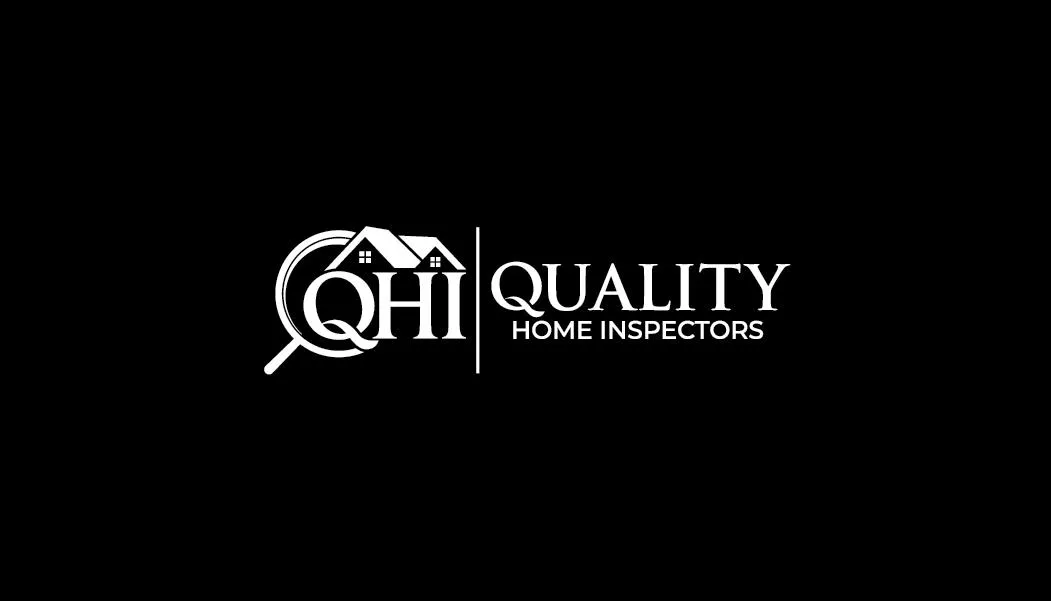
OFFICE HOURS
Monday-Saturday
8 am - 6 pm
LOCATIONS WE SERVICE
Altoona, Astatula, Astor, Clermont, Eustis, Ferndale, Four Corners, Fruitland Park, Groveland, Howey-in-the-Hills, Lady Lake, Leesburg, Mascotte, Minneola, Montverde, Mount Dora, Tavares, Umatilla, Altamonte Springs, Casselberry, Lake Mary, Longwood, Oviedo, Sanford, Winter Springs, Apopka, Bay Lake, Belle Isle, Edgewood, Lake Buena Vista, Maitland, Ocoee, Orlando, Winter Garden, Winter Park, Eatonville, Oakland, Windermere, Daytona Beach, Daytona Beach Shores, DeBary, DeLand, Deltona, Edgewater, Holly Hill, Lake Helen, New Smyrna Beach, Oak Hill, Orange City, Ormond Beach, Port Orange, South Daytona; Towns: Pierson, Ponce Inlet, Beverly Beach, Bunnell, Flagler Beach, Marineland, Palm Coast
FOLLOW US
Copyright 2025. Quality Home Inspectors. All Rights Reserved.
